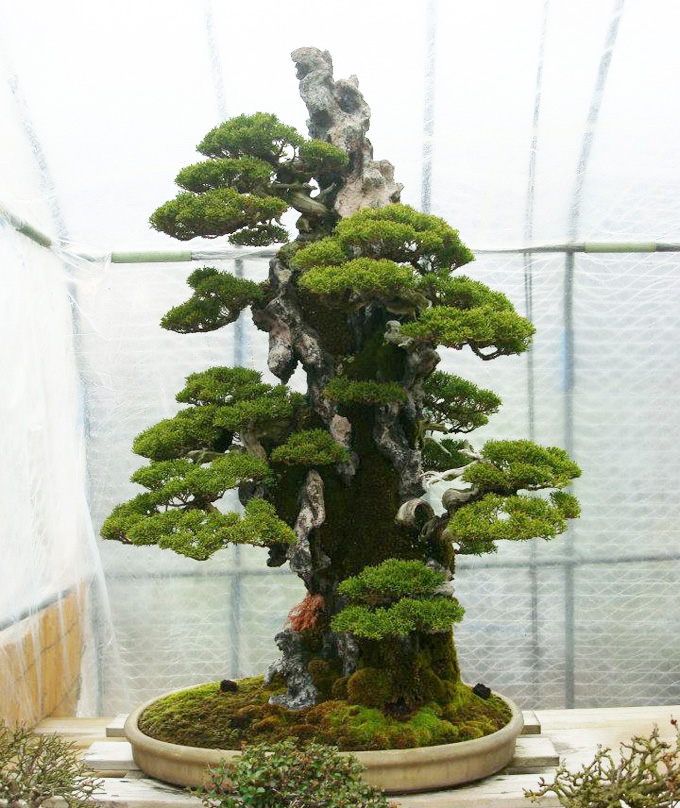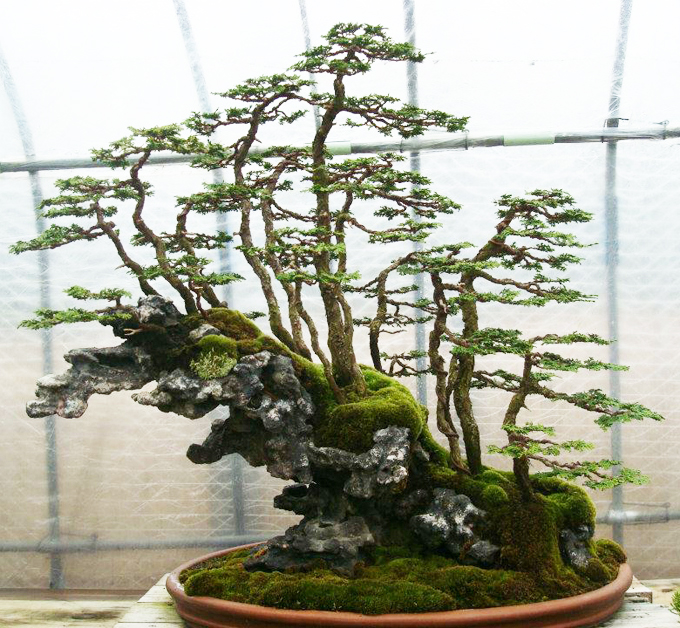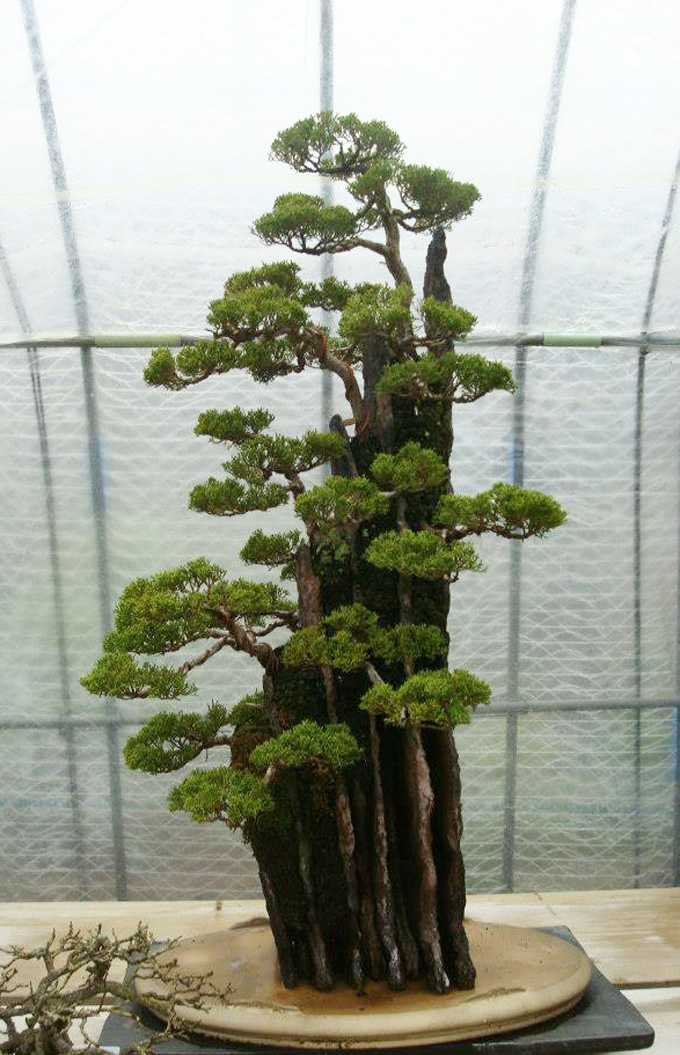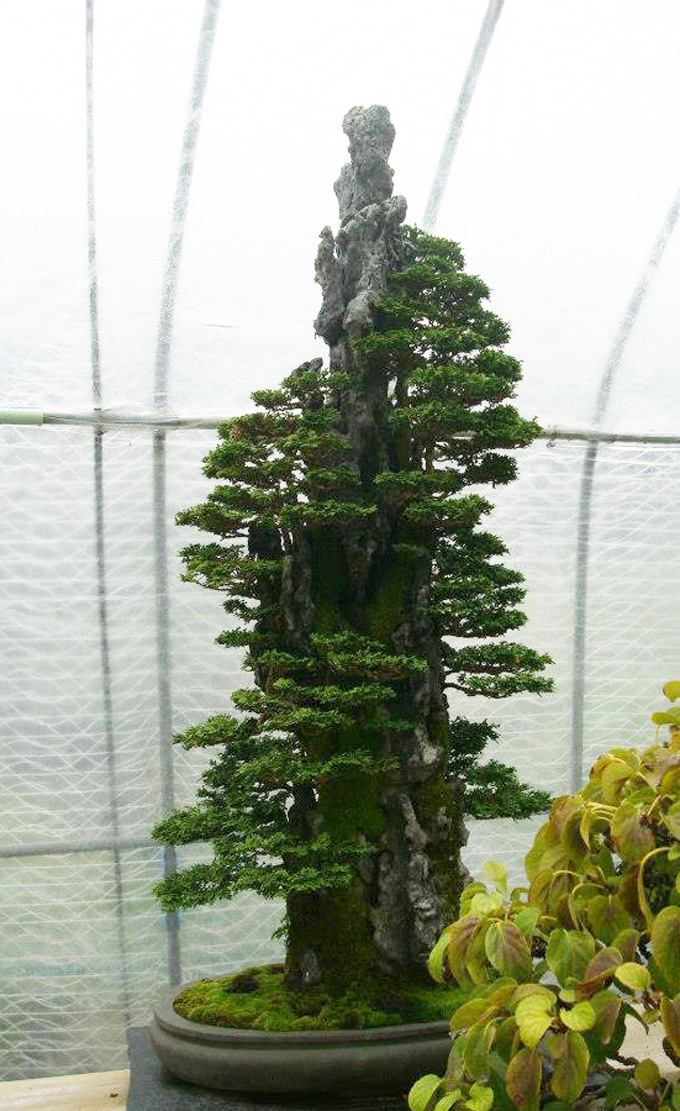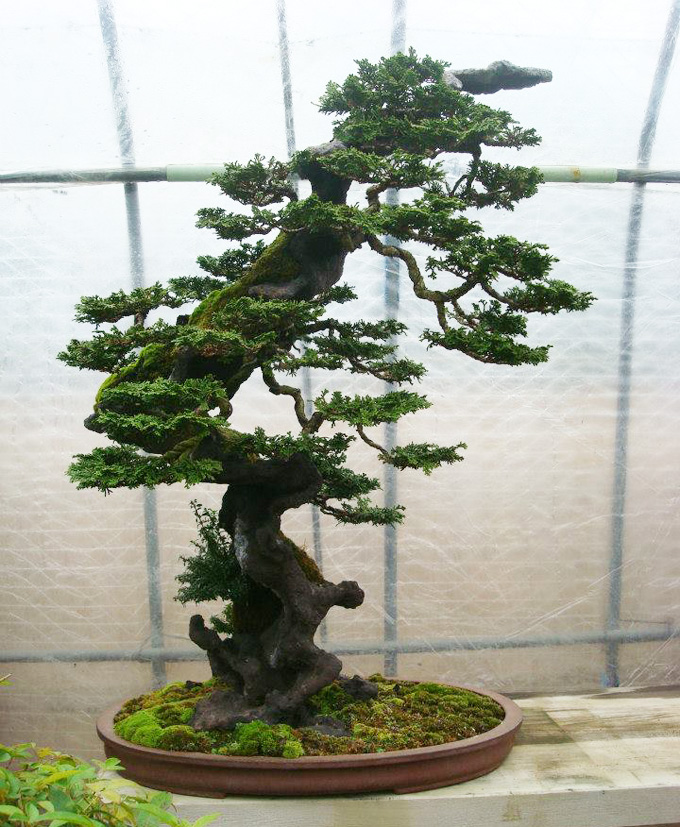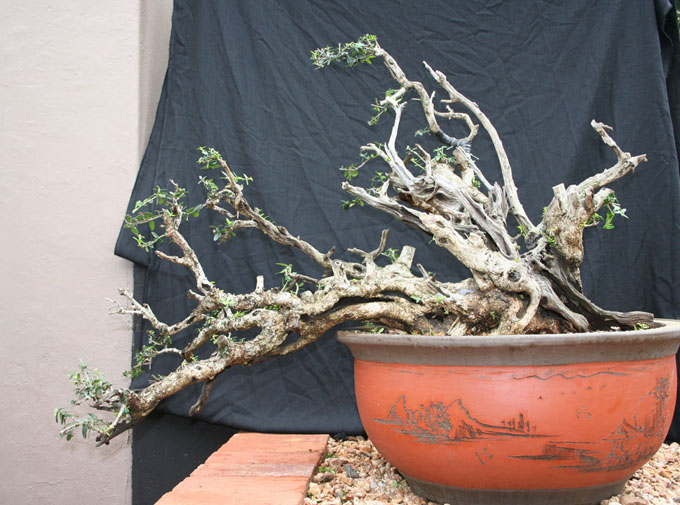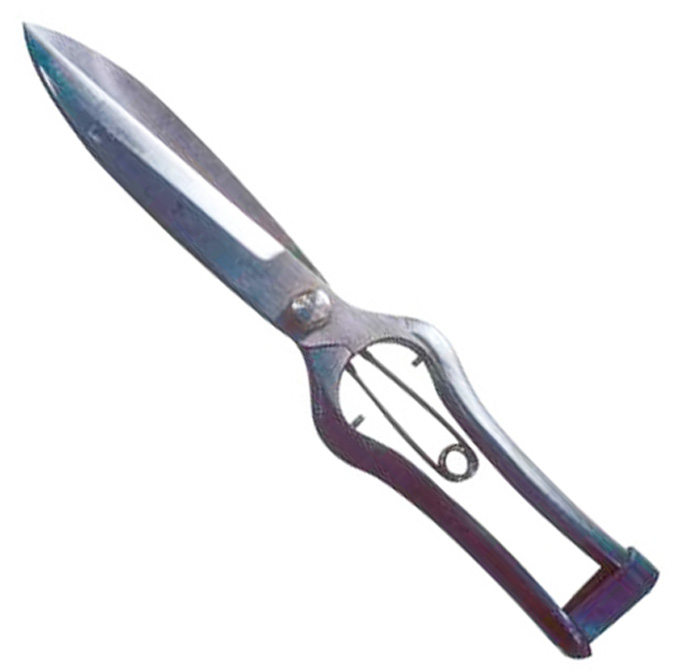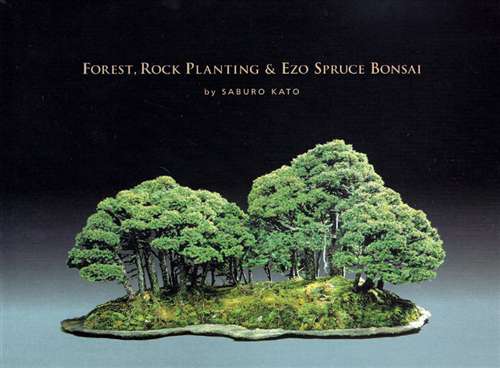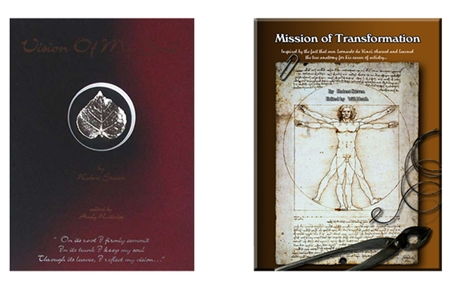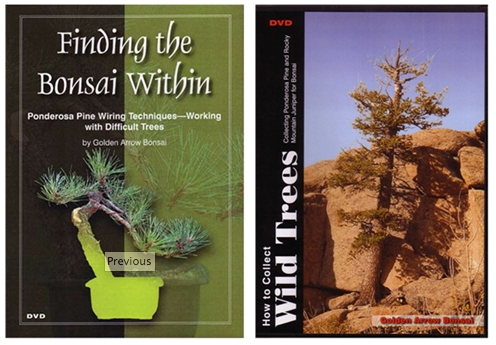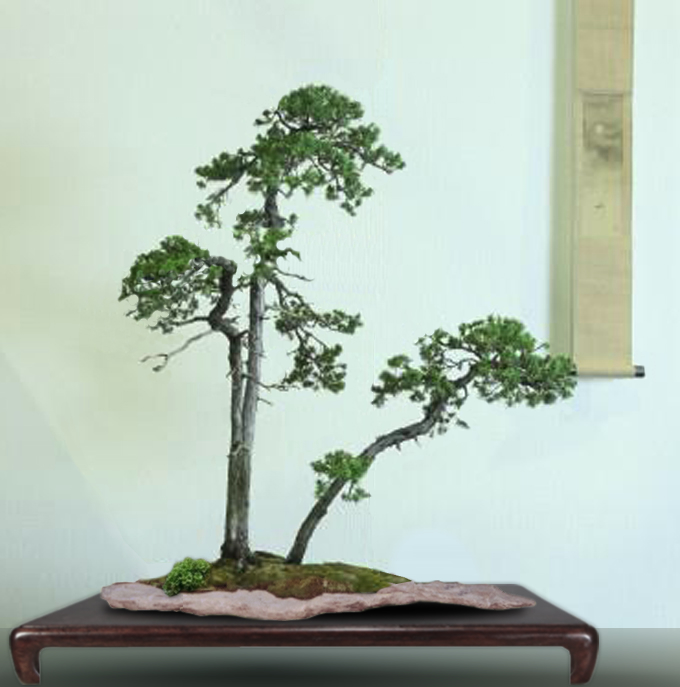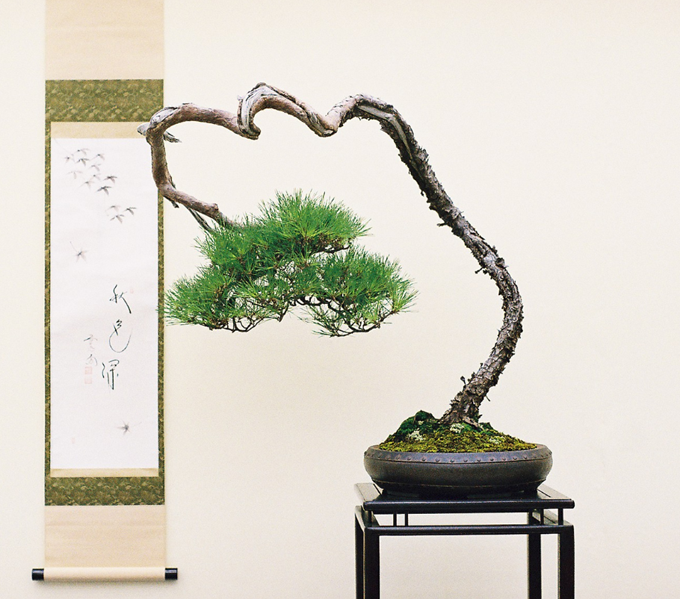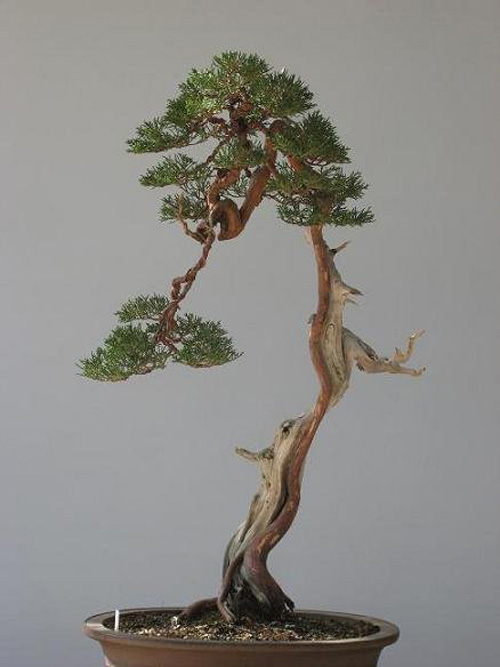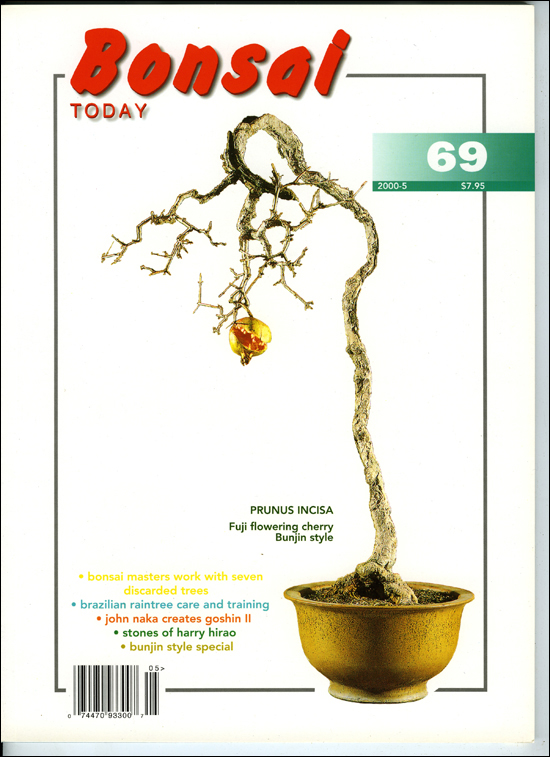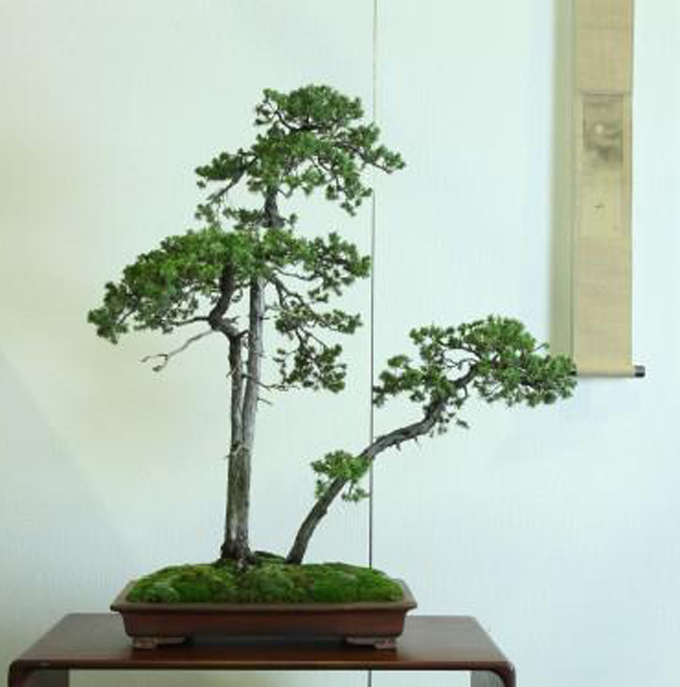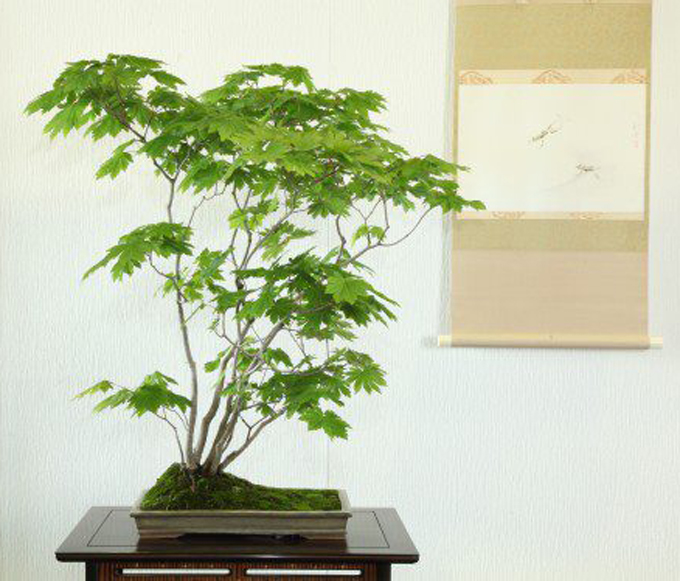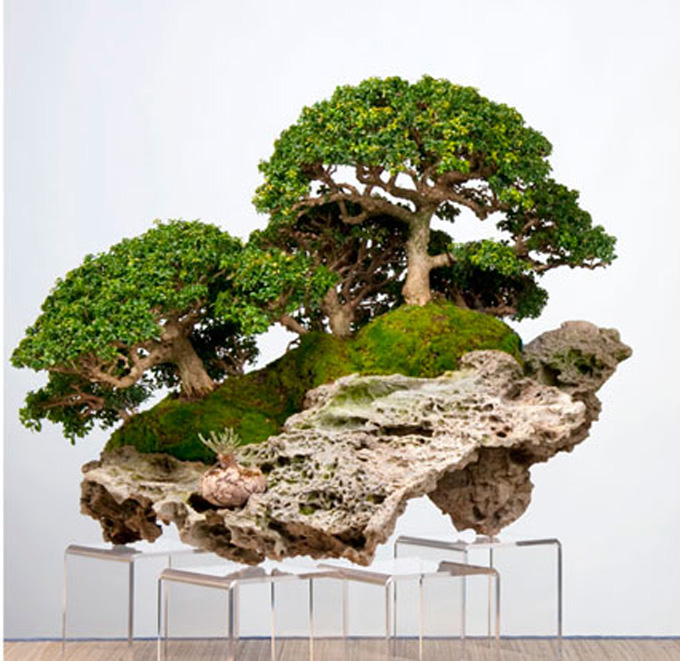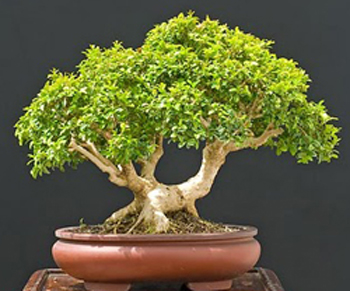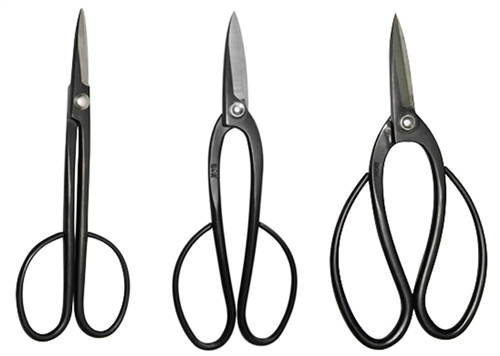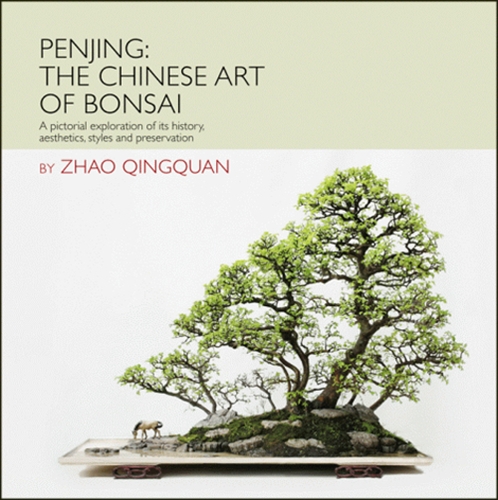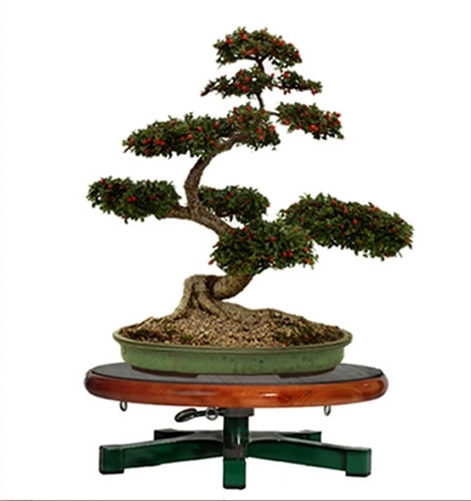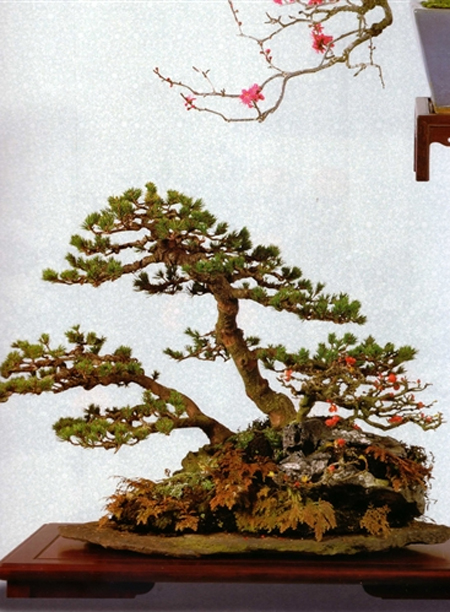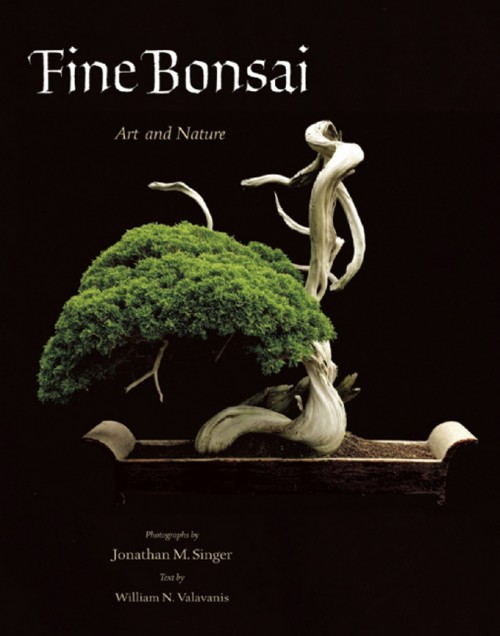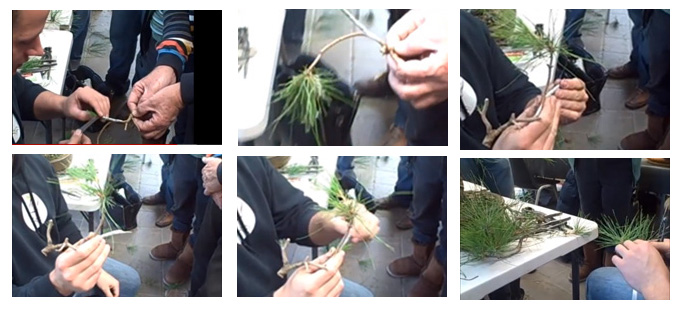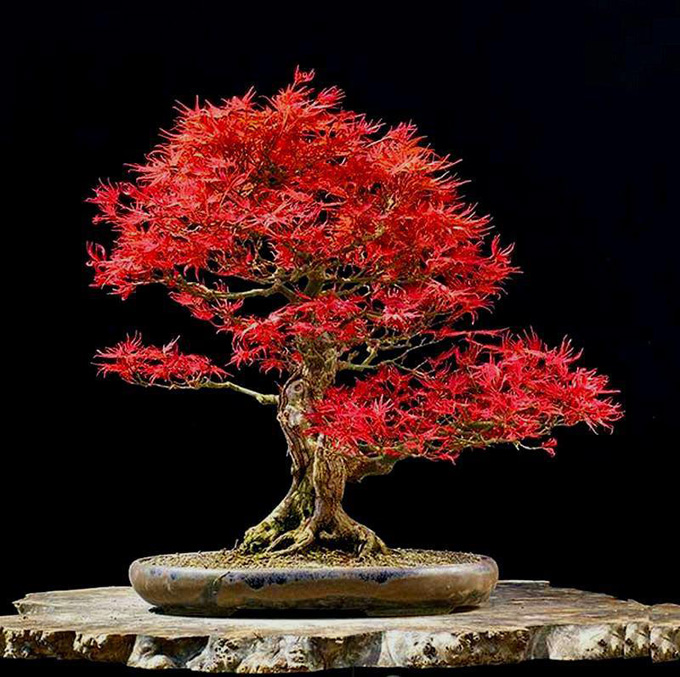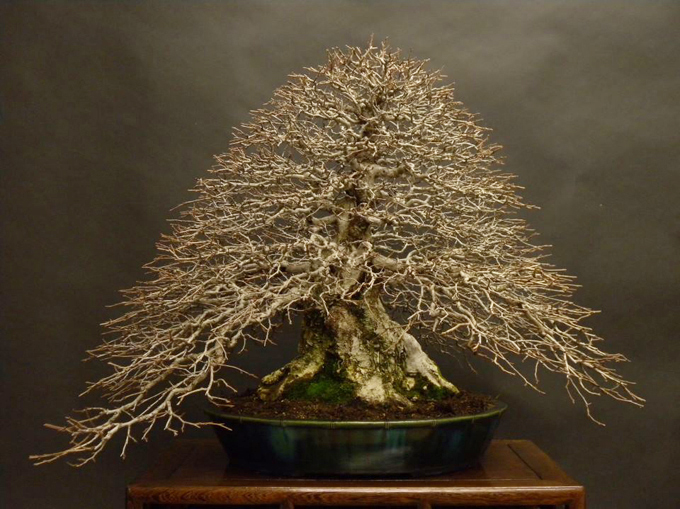 An exercise in extreme ramification. Mario Komsta’s latest photo of his now famous Hornbeam (Carpinus laxiflora). The three photos below are earlier stages of the same tree. All have been featured on Bonsai Bark and at least two in Mario’s facebook photos.
An exercise in extreme ramification. Mario Komsta’s latest photo of his now famous Hornbeam (Carpinus laxiflora). The three photos below are earlier stages of the same tree. All have been featured on Bonsai Bark and at least two in Mario’s facebook photos.
Fine ramification can be the difference between average and exceptional bonsai
The photos in this post provide a chronology of a Hornbeam that belongs to Mario Komsta. Though there is much to say about this magnificent bonsai, it’s the fine ramification (branching) that I find the most compelling (taking absolutely nothing away from the trunk’s stupendous base).
In case you’re not familiar with the whole notion of ramification, it goes something like this: the heavy branches that come directly off the trunk are called main or primary branches. The branches that come off the primary branches are called secondary branches. The branches that come off of the secondary branches are called tertiary branches. The branches that come off the tertiary branches are be called quaternary branches (aka twigs) and so forth. The object is to develop these various branch layers, each finer than the previous.
When done well, ramification lends a feeling of maturity and depth to a tree. Unfortunately, you don’t see that many bonsai with highly developed ramification, at least here in the West. I think this is mostly about the time and patience it takes to develop highly refined branching. Once the bones (the trunk and the primary branching) of a bonsai are established it takes at least a year, in most cases, to develop each subsequent layer of ramification.
It also takes skill to develop good ramification. This has a lot to do with knowing what to prune and what to leave; removing branching that is too coarse, so that each layer is noticeably finer than the previous layer. This creates continuous taper from the base of the trunk along any line you chose to follow, out to the finest new twigs.
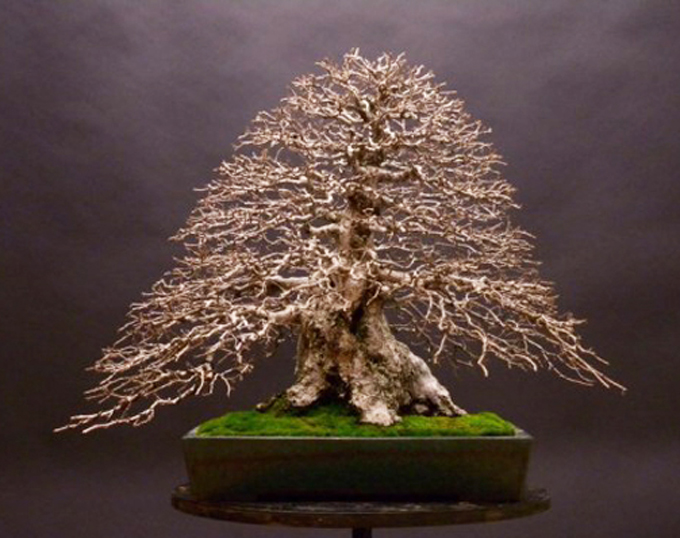 This photo appeared on Bonsai Bark exactly two years ago (December 2010). Like the other two, it was originally from Mario’s facebook photos.
This photo appeared on Bonsai Bark exactly two years ago (December 2010). Like the other two, it was originally from Mario’s facebook photos.
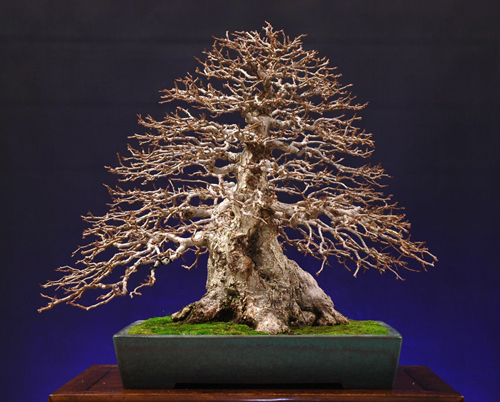 This more profession grade photo appeared in Bonsai Bark in October 2010. It originally appeared on Mario’s website which seems to have disappeared (for many, it’s all about facebook these days). It’s hard to tell for sure, but it looks like it was taken just after the version in the photo below had been lightly pruned and cleaned up.
This more profession grade photo appeared in Bonsai Bark in October 2010. It originally appeared on Mario’s website which seems to have disappeared (for many, it’s all about facebook these days). It’s hard to tell for sure, but it looks like it was taken just after the version in the photo below had been lightly pruned and cleaned up.
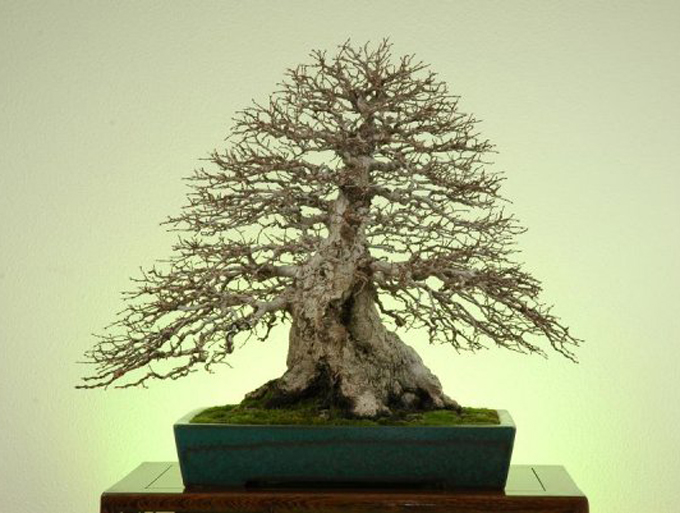 This photo appeared in Mario’s facebook photos three years ago (January 2010), though I suspect it’s from earlier, perhaps the winter of 2009?
This photo appeared in Mario’s facebook photos three years ago (January 2010), though I suspect it’s from earlier, perhaps the winter of 2009?
